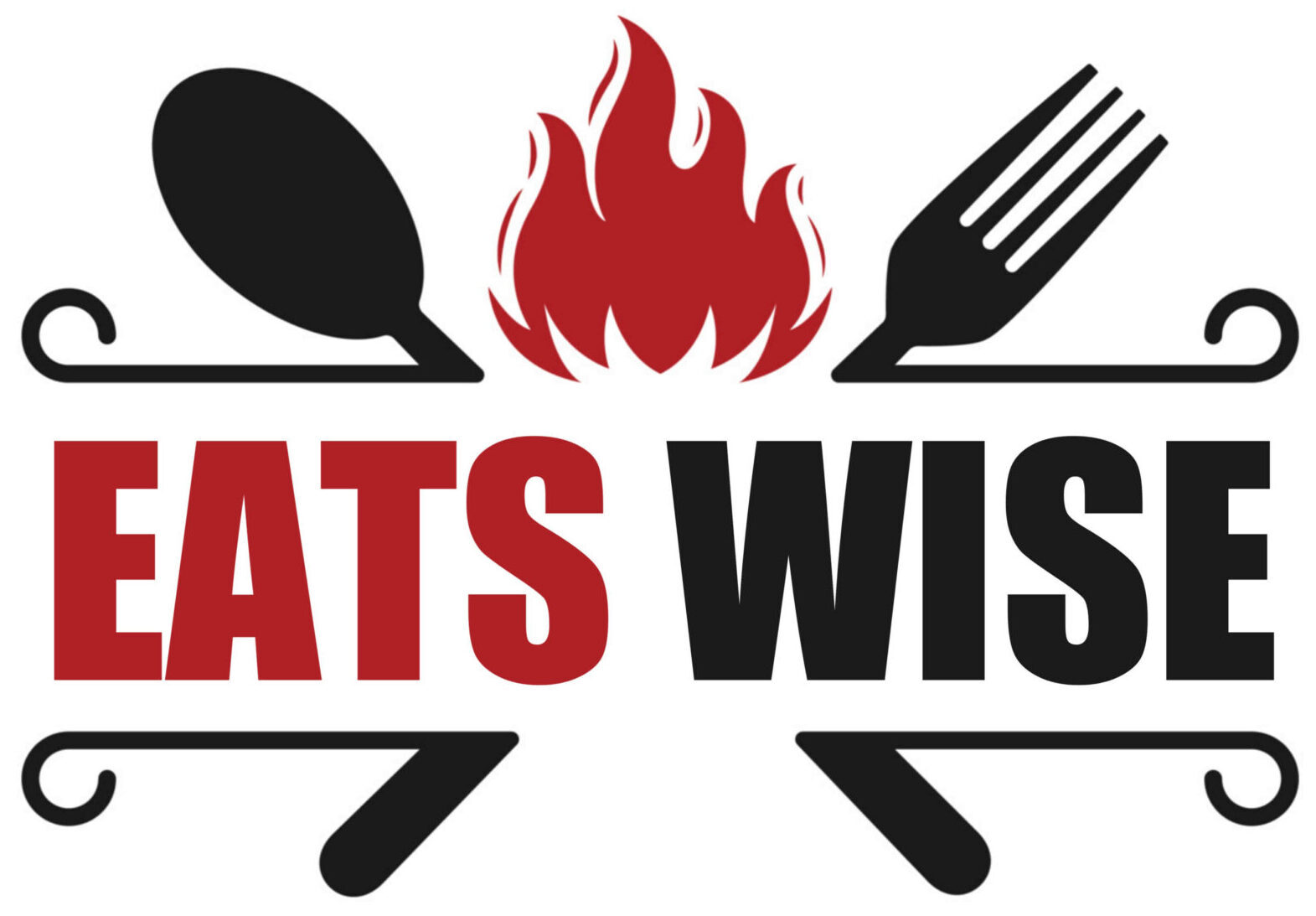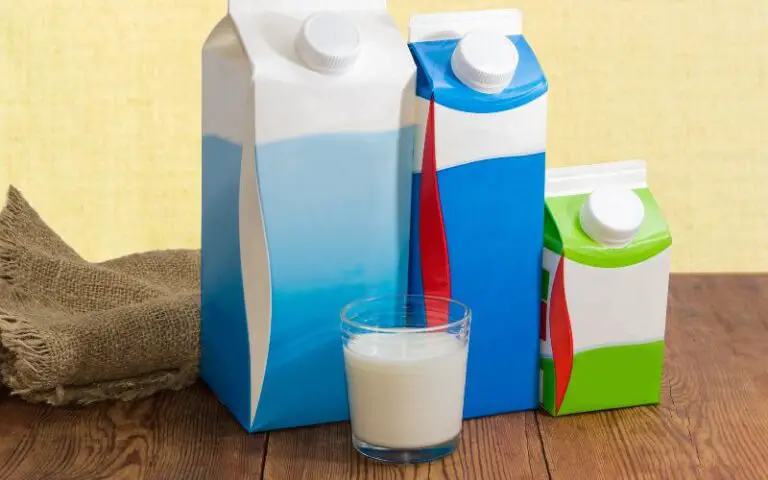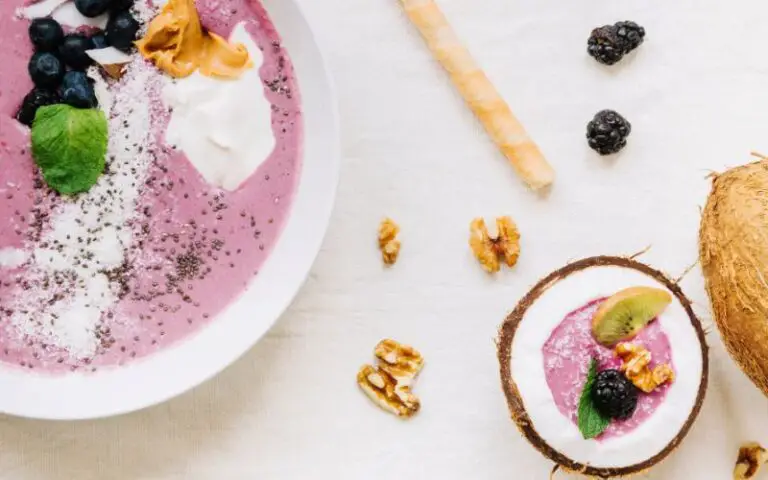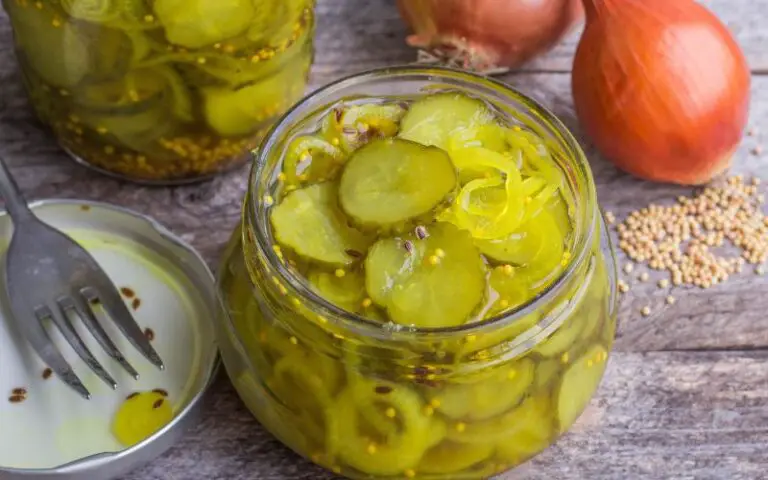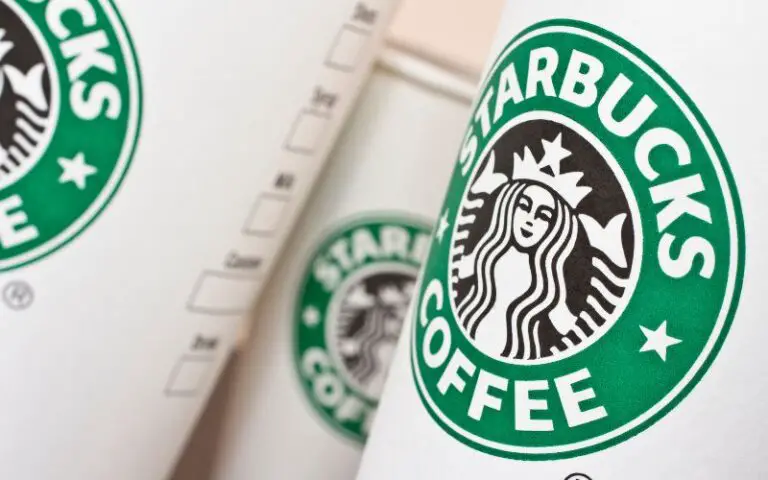Does Pizza Have Salt? Unveil the Hidden Truth!
One of the many reasons many enjoy eating pizza is its flavorful taste. It is a guilty pleasure, one we can’t stop indulging especially because of the other tasty ingredients and toppings.
Its taste reigns supreme on our tastebud, encouraging us to take another bite. But have you ever wondered what ingredient is responsible for such a yummy taste?
This thought may likely prompt you to wonder if pizza contains salt.
Pizza does contain salt. While it may not be the first thing that comes to mind, salt plays a crucial role in enhancing the flavors and textures of the various components that make up a pizza. Salt acts as a flavor enhancer, bringing out the natural tastes and creating a harmonious balance that keeps us returning for more.
Discover the relevance of salt in pizza, its ingredients’ sodium content, and how it elevates this beloved dish to new heights of deliciousness.
The Sodium Content in Pizza Components

When you tuck into your favorite pizza, have you ever wondered about the sodium in its components?
Analyzing some common pizza ingredients, we unravel a significant amount of salt in food.
#1. Pizza Crust: A Salt Regular
The first component to consider is the crust. The dough for a typical pizza contains approximately 1.5-2% salt, contributing to the overall sodium content of this beloved treat.
#2. Saucy Details: Sodium In Tomato Sauce
Next, look at tomato sauce – another ingredient ubiquitous with pizzas. These sauces are often loaded with salt, enhancing flavor and contributing further to high sodium levels.
#3. Mozzarella
Cheese is a major part of any pizza and plays a role here. Mozzarella cheese can contain about 180-200 mg sodium per serving.
#4. Topping
Toppings like pepperoni or sausage make pizzas even more tempting and increase their salt content remarkably.
Despite their deliciousness, these unhealthy pizza ingredients couched in high amounts of salt might give health-conscious eaters pause for thought before ordering.
Pizza nutrition facts suggest that exceeding daily recommendations for sodium intake could lead to health issues if not balanced with other lower-sodium foods or an active lifestyle.
So next time you enjoy a slice (or three), remember this analysis on the sodium content in common pizza components. Sometimes, understanding our food makes it taste better!
#1. How Toppings Increase the Salt Content of Pizzas?
Pizza ingredients significantly contribute to the overall sodium in pizza. In particular, toppings
serve as notable high-sodium foods, elevating the salt content in your favorite slice.
However, you can consider alternative seasonings to give you the desired flavor.
#2. The Role of Meat Toppings
Cured meats such as pepperoni and sausage play a major role. Surprisingly, just one slice of pepperoni pizza contains more than 600 mg of sodium! It’s essential to understand these
pizza nutrition facts before indulging.
- Sausage: Another popular meat topping known for boosting sodium content
- Bacon: Despite its flavor appeal, bacon is among the unhealthy pizza ingredients due to its high salt levels.
#3. Cheese – A Hidden Source of Sodium
Cheese is a primary ingredient in every pizza but also contributes a substantial amount of sodium.
Even just one plain cheese slice can give you a quarter or more of your recommended dietary allowance for salt!
- Mozzarella: A typical serving packs around 180-200 mg of sodium.
- Parmesan: This hard cheese, often sprinkled on top, has significant amounts too!
#4. Veggie Toppings
Even vegetable toppings can have surprising amounts when pickled, canned, or pre-packaged. For instance, seemingly harmless and healthy pickles often contain added salts.
In homemade pizzas, you have the opportunity to control these factors effectively.
However, fast food chains usually are higher in sodium content due to their use of pre-packaged ingredients and the need for longer shelf life.
#5. Understanding Your Choices
Awareness of pizza’s salt content is crucial – whether it’s fast food or a homemade slice.
While occasionally enjoying pizza won’t harm you, knowing your toppings and their sodium contribution helps balance your meal plan.
It helps you avoid the dangers of excessive salt in pizza consumption. After all, it’s not just the flavor at stake but also your health.
If you wish to prioritize low-sodium diets even in pizzas, homemade low-sodium pizza recipes are your best option.
The High Sodium Levels in Takeaway and Frozen Pizzas
Regarding fast food salt content, takeaway, and frozen pizzas hold a strong position.
These easy-to-grab meals are popular for many, yet the sodium in pizza from these sources is alarmingly high.
Hence, comparing traditional, frozen, and homemade pizza options is advisable.
#1. Takeaway Pizzas’ Salt Content
A simple cheese and tomato pizza from Domino’s, one of the most common choices among pizza lovers, contains as much as 10.77g of salt!
That’s nearly two times the recommended daily intake for adults. This shocking fact underlines the hidden dangers of salt in pizza from fast food outlets.
#2. Frozen Pizza: A Silent Contributor to Sodium Intake
Similarly, frozen pizzas also contribute significantly to an individual’s daily sodium intake.
Surprisingly, even a basic serving of a frozen cheese or meat-and-cheese pizza can pack as much as 982 mg of sodium or even more!
- Pizza nutrition facts: The unhealthy pizza ingredients used in takeaway and frozen pizzas often result in dishes rich in high-sodium foods.
- Sodium Levels: Many people think homemade meals are healthier than fast food. However, homemade pizza’s salt content can still be higher than expected due to the added flavorful toppings.
The amount of salt in food, particularly takeaway and frozen pizzas that form part of our regular diet, needs careful monitoring.
Regular consumption could lead to health hazards associated with excessive intake.
It’s important not to underestimate the impact on your health when considering unhealthy but convenient choices versus tasty homemade alternatives.
Always remember moderation is key when enjoying this delectable dish!
For this reason, we’ve developed effective tips and techniques for reducing the salt content in your pizzas.
Check out the table below.
| Sodium Reduction Strategies in Pizza | How It Works |
|---|---|
| Use low-sodium ingredients. | Opt for low-sodium tomato sauce, cheese, and toppings to reduce sodium. |
| Increase the use of herbs and spices. | Doing this enables you to reduce sodium without compromising on taste. |
| Choose fresh ingredients | Fresh vegetables and meats usually contain low sodium compared to canned ones. |
| Experiment with alternative cheeses | Use low-sodium cheese like mozzarella/goat cheese to reduce sodium. |
| Limit processed meats | Processed meats are high in sodium. Use leaner meats or vegetable toppings. |
| Rinse canned ingredients | Canned ingredients often contain sodium for preservation. Rinse them before use. |
| Control portion sizes | Limit your pizza consumption and enjoy with side salads or veggies. |
The Functional Role of Salt in Pizza Making
Salt isn’t just an ingredient; it’s a crucial player in the pizza-making process, serving several important functions.
While fast food salt content can be worrying, especially in high-sodium foods like pizza, we must also consider the functional benefits of salt in pizza.
#1. Controlling Yeast Activity
Salt plays a key role during dough fermentation by controlling yeast activity. In this way, it helps
to develop the flavor and texture of the crust.
This delicate balance is why homemade pizza salt content is often carefully measured.
- Pizza Crust: Typically contains around 1.5-2% salt.
- Mozzarella Cheese: Can have about 180-200 mg sodium per serving.
- Tomato Sauce: Often quite salty to enhance other flavors.
#2. Sodium Balance and Flavor Enhancement
Salt enhances flavors and balances out acidic or sweet ingredients found on pizzas, such as tomato sauce or certain toppings.
Without enough salt, these pizza ingredients could overpower one another, leading to less enjoyable bites.
#3. Maintaining Moisture Content
An underrated but essential function of salt in food, including pizzas, is its ability to help retain moisture.
It’s particularly evident within the cheese topping, thus enhancing texture without drastically increasing unhealthy pizza ingredients.
Understanding that no slice is completely free from risks due to high sodium levels found within sodium pizza nutrition facts is vital.
The potential dangers of salt are important considerations for maintaining overall health balance and an active lifestyle.
Implications of Frequent Pizza Consumption on Health
Frequently consuming pizza can seriously affect our health due to its high sodium content.
The pizza ingredients contain significant amounts of salt, ranging from the crust to the toppings.
#1. Pizza Nutrition Facts: The Unhealthy Side
Unhealthy pizza ingredients such as processed meats increase the salt content in pizzas. A plain Domino’s cheese and tomato pizza contains 10.77g salt.
That’s over twice the recommended daily intake! This is why you must know what goes into your favorite fast food.
#2. Homemade Pizza Salt Content: A Better Alternative?
Making homemade pizzas where you control the amount of dangers that potentially come with excessive consumption is good. But remember, moderation is key, even in healthier options!
It’s crucial to be conscious about our nutrition choices and understand pizza’s health effects and benefits.
This way, we can enjoy our favorite foods without compromising too much on our health.
